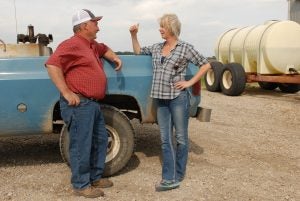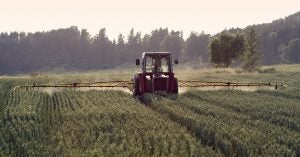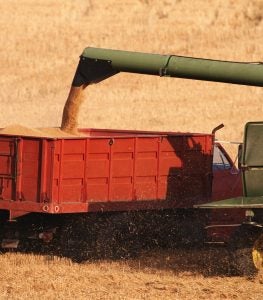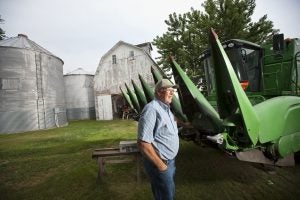In the face of uncertainty about everything from variable weather to market prices, fertilizer is one variable that farmers can control — but only if they have access to actionable, scientific information about how to select the appropriate application rate and tools.
A new report, Nitrogen management in North Carolina agriculture: Results from five years of on-farm research [PDF], helps fill this need. It provides the most comprehensive dataset ever collected about on-farm nitrogen management practices in North Carolina to identify fertilizer solutions that increase operational resilience, and improve economic and environmental outcomes.
These findings are the result of five years of participatory on-farm research through the North Carolina Farmer Network, a group of crop consultants and nearly 100 farmers across 26 counties in North Carolina’s eastern Coastal Plain.
The network formed through a collaboration between Environmental Defense Fund, North Carolina Farm Bureau, North Carolina State University, North Carolina Foundation for Soil and Water Conservation, and others.
As grain farmers and their advisers gear up for the 2019 growing season, here are three top findings from the network’s research to consider. Read More »











 Yesterday, U.S. Department of Agriculture Secretary Sonny Perdue announced a
Yesterday, U.S. Department of Agriculture Secretary Sonny Perdue announced a  Applying the right amount of fertilizer to a grower’s field is tricky: too little fertilizer means lost yields; too much fertilizer means wasted costs and potential runoff that causes air and water pollution. Meanwhile, farmers cannot control the weather, which can wreak havoc on the best-laid plans.
Applying the right amount of fertilizer to a grower’s field is tricky: too little fertilizer means lost yields; too much fertilizer means wasted costs and potential runoff that causes air and water pollution. Meanwhile, farmers cannot control the weather, which can wreak havoc on the best-laid plans.

 A team of researchers spent seven years dissecting, analyzing and reporting on California’s nitrogen cycle, and the results are eye-opening.
A team of researchers spent seven years dissecting, analyzing and reporting on California’s nitrogen cycle, and the results are eye-opening.